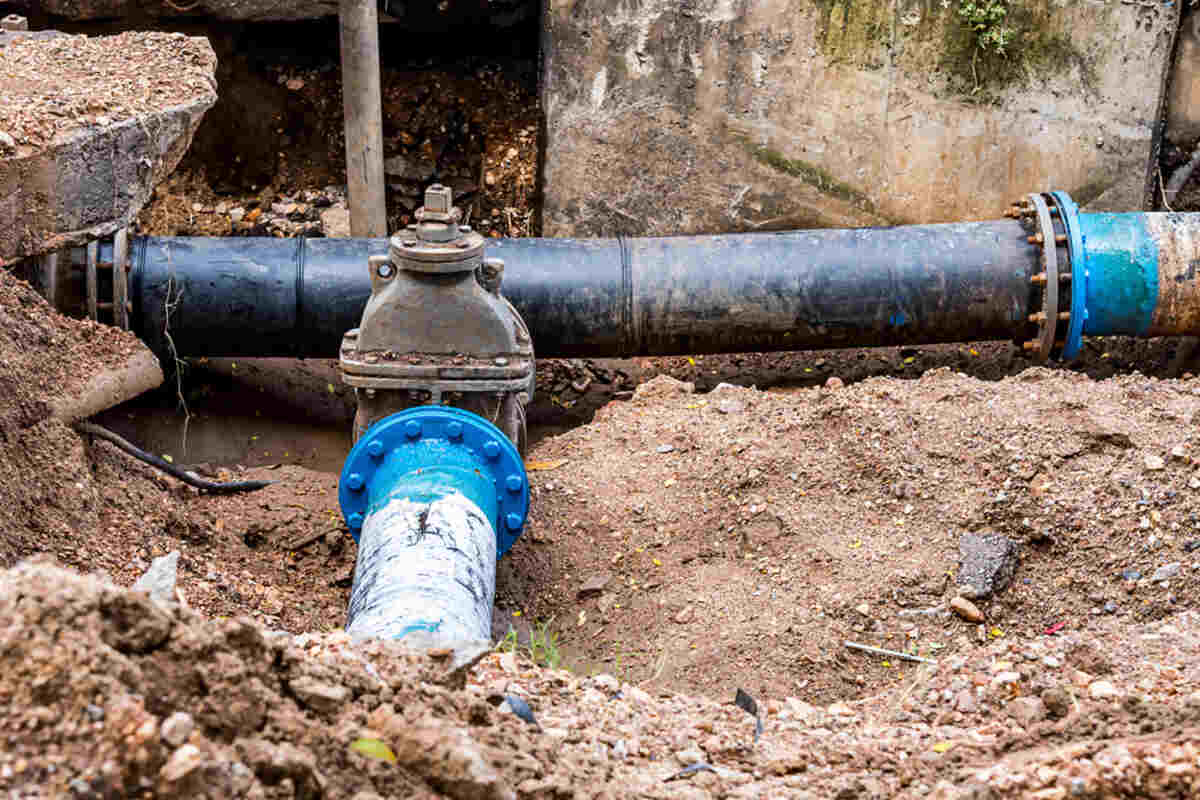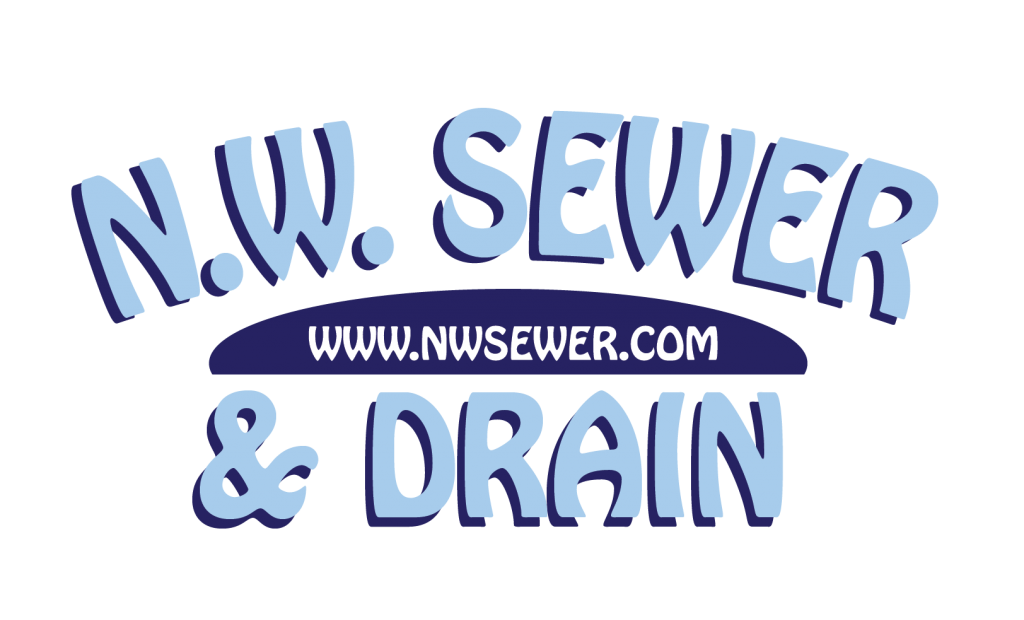If your house is a bit old, there are chances that your plumbing fittings are outdated. And unless your house is new, it’s advisable to watch out for signs of deterioration in your home’s plumbing from time to time. Sometimes, water leakage or a drop in water pressure might be due to a leaking pipe. The effects of corrosion, aging, root intrusion and physical stress on the pipes might result in slight or major damage. If left unattended or unfixed long enough, it could lead to a catastrophic situation in your home.
So, to begin with, it’s important to be able to detect plumbing issues on time before they lead to major damage. In light of this, one of the most important questions to ask is when is the right time to update your home’s piping? Like it or not, you’ll eventually get to a point when the piping in your home needs to be replaced with newer, stronger, more durable ones. When done right, you can save yourself from the stress of unexpected expenses and inconvenience that are typically associated with damaged drain pipes.
In this piece, we will dwell more on the signs to watch out for to help you decide whether to change your plumbing or not.
5 Signs You Need to Update Your Home’s Plumbing Pipes
Water Discoloration
If you’re resident in a rural area or using water, when you see discolored water running from your tap, you should be reasonably worried. Understandably, some areas might have colored water, which is often treated before use. When you see brown or dark water in your home, it can be a result of corrosion in your pipes. So rust will naturally follow as the water runs through the pipes. If left untreated, the mineral deposits will eventually clog your pipes leading to the build-up of pressure in the pipes. And if the pressure is sustained, the pipes eventually burst. No one wants to deal with this kind of issue in their home, so if you suspect rust or corrosion, your pipes need immediate attention. At N.W Sewer & Drain, we recommend that you consult a trained and experienced contractor around you to assess the situation.
Old Pipe Material
If you live in an old house, built maybe around the 50s, ’60s, and ’70s, and you have not done a pipe repair or replacement in decades, you should consult a sewer and drain specialist to consider if a replacement is due. Depending on what year your home was built and the pipe materials used in your plumbing system, you might need to upgrade your home’s piping sooner than you think. Most modern systems use brass, copper, or PVC pipes, and may not need a replacement any time soon. But in older buildings, you’ll find cast iron, lead, and galvanized steel. Each of these plumbing materials has a lifespan that you should know so you can accurately gauge whether you need to upgrade soon. Brass, cast iron, and galvanized steel have a lifespan of 80-100 years, copper lasts 70-80 years, and PVC pipes last for just 24-45 years.
If they are lead pipes, you should even be more concerned about poisoning. Lead is highly toxic and, if consumed in small quantities by children or in large quantities by an adult, it can cause serious health issues. With tests, you can understand how much lead is in each pipe. If it’s above the federally suggested level, you should stop using water from your supply immediately. New buildings, on the other hand, do not have this problem. But even if your home’s piping is relatively new, you still might want to consider speaking with trained plumbing experts. This is a preventive maintenance plan that can help you avert any problems in the future.
Low Water Pressure
A drop in the pressure of water running through your pipes is something else to look out for. However, this can be a complicated one, because other things might have caused the low pressure. When you notice low water pressure when using your sink or during a shower, it could be a clog in your plumbing, restricting the normal flow of water, or your pipes could have leaks or pinholes. The leaks and holes will constitute a reduction in the water pressure. Leaky pipes can also cause damage to your foundation and framing. This includes wood rot and mold growth. You should also know that mold has adverse effects on your air quality. Sometimes, you may need an air purifier to fix this. To resolve a problem like this, you need the advice and help of a trained professional.
Exposed Pipes
If you have exposed pipes in your home’s plumbing, it’s also a good place to start tracing possible issues in your plumbing pipes. Typically, if your house is 60 years or older, chances are, you have exposed pipes somewhere in your yard. Pipings usually run through your basement, and that can give you some guidance regarding the condition of the pipes throughout the home.
Check all pipes for possible discoloration, flaking, dimpling, bumps, and any suspicious developments. If your pipes show signs of moisture accumulation or you find pools of water around pipes or other areas of the house, you should be concerned, too. Possibly, corrosion has started, meaning you need to give it immediate attention.

Should I Replace or Repair My Plumbing Pipes?
While it’s typically recommended to replace old, damaged pipes, it is not the most practical or best solution in some cases. In some cases, you might realize that you only need to fix the pipe and it’s back to normal. In other instances, a complete overhaul would be necessary, especially if the old or existing pipes aren’t salvageable.
The best thing to do is reach out to a professional plumbing contractor to inspect your plumbing system and advice on the best course of action.
Working With N.W. Sewer & Drain Pipe Replacement?
If you find yourself constantly dealing with low water pressure from the taps in your home or any of the signs described above, do not hesitate to call us for help. At N.W. Sewer & Drain, we have a well-trained and ready-to-move team on standby. Areas we cover include Seattle and in surrounding cities , including Edmonds, Marysville, Everett, Arlington, Mount Vernon, Oak Harbor, Bellingham, Bellevue, Kirkland, Shoreline, Renton, Lake Forest Park, Mountlake Terrace, Auburn, etc. and other surrounding areas.
N.W. Sewer & Drain provides top-notch drain cleaning and sewer repair services in Seattle, and we’ve been in the business for more than 20 years. Contact us today at 206-931-7728 to schedule an inspection of your sewer line and pipes.
FAQ Section on Identifying and Updating Home Plumbing Systems
1. What are the signs that my home’s plumbing needs an update?
If you notice discolored water, low water pressure, or exposed pipes showing signs of wear, it might be time to update your plumbing. Old pipe materials like lead or galvanized steel also indicate a need for replacement to prevent health risks and potential leaks.
2. How can I identify water discoloration caused by plumbing issues?
Discolored water, especially if brown or dark, often indicates corrosion in your pipes. Rust and mineral deposits can build up, clogging pipes and leading to increased pressure and potential bursts. Addressing this early can prevent major damage.
3. What materials are used in modern plumbing, and how do they compare to older materials?
Modern plumbing typically uses brass, copper, or PVC pipes, which are durable and have longer lifespans compared to older materials like lead, cast iron, or galvanized steel. For instance, PVC pipes last 24-45 years, while lead pipes are hazardous and should be replaced immediately.
4. How does low water pressure indicate plumbing problems?
Low water pressure can be a sign of clogs, leaks, or pinholes in your plumbing. These issues restrict water flow and can cause further damage to your home’s structure, including wood rot and mold growth, which affect air quality.
5. Why are exposed pipes a concern in older homes?
Exposed pipes in homes over 60 years old can reveal the condition of your entire plumbing system. Signs like discoloration, flaking, or moisture indicate corrosion, which needs immediate attention to prevent leaks and structural damage.
6. When should I consider replacing rather than repairing my plumbing pipes?
If your pipes are made of outdated materials, like lead or galvanized steel, or show significant wear and corrosion, replacing them is often more cost-effective in the long run. Consult a professional to assess whether a repair or complete replacement is necessary.
7. How can root intrusion affect my plumbing system?
Tree roots can invade your plumbing, causing blockages and damage to pipes. This is especially common in older sewer lines made from clay or cast iron. Regular inspections and root barriers can help prevent costly repairs.
8. What impact does aging have on plumbing pipes?
Aging pipes can corrode, leak, and burst, causing water damage and increasing repair costs. Regular maintenance and timely replacements of pipes nearing the end of their lifespan (e.g., copper pipes after 70-80 years) can prevent these issues.
9. Can physical stress cause damage to my home’s plumbing?
Physical stress from ground movement, heavy loads, or improper installation can crack or burst pipes. Regular inspections and ensuring proper installation can mitigate these risks and maintain your plumbing’s integrity.
10. How does water pressure build-up lead to pipe bursts?
When mineral deposits or corrosion clog pipes, pressure builds up, and if sustained, can cause pipes to burst. Monitoring water pressure and addressing clogs promptly can prevent such catastrophic failures.
Additional Insights on Updating Home Plumbing
Keeping an eye on your home’s plumbing system is crucial to avoid unexpected repairs and potential damage. Regular inspections by a professional, understanding the lifespan of your piping materials, and addressing any signs of wear can help maintain a safe and efficient plumbing system. Proactive maintenance is always better than dealing with the aftermath of major plumbing issues.
For more detailed insights and statistics, consider reading resources like The Spruce or HomeAdvisor.
Conclusion
Staying ahead of plumbing issues by recognizing early signs and understanding the materials in your system can save you from extensive damage and costly repairs. Regular maintenance and timely updates ensure your home remains safe, efficient, and free from plumbing disasters.
For further assistance or to schedule an inspection, contact N.W. Sewer & Drain at 206-931-7728, serving Seattle and surrounding areas.



